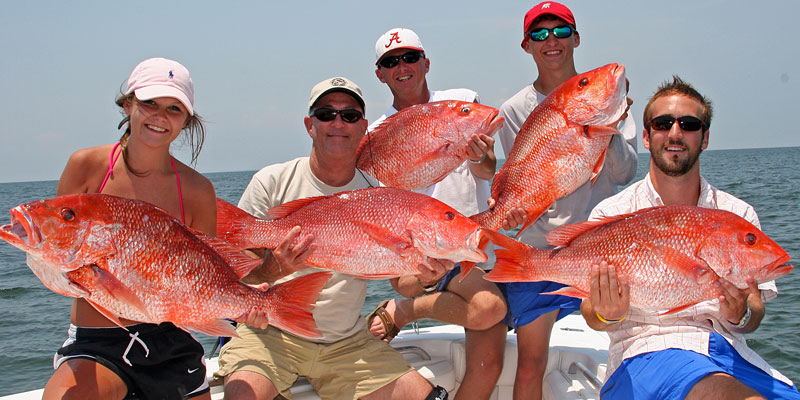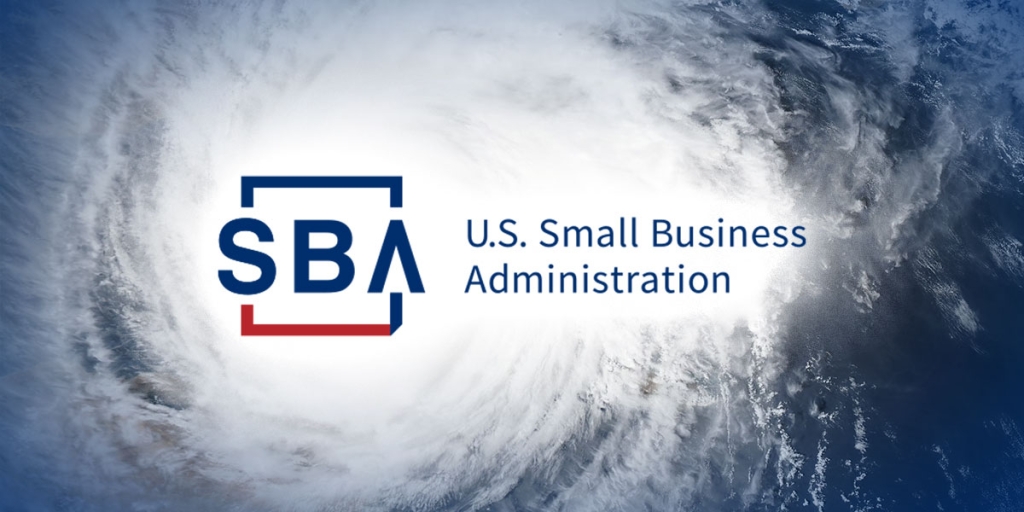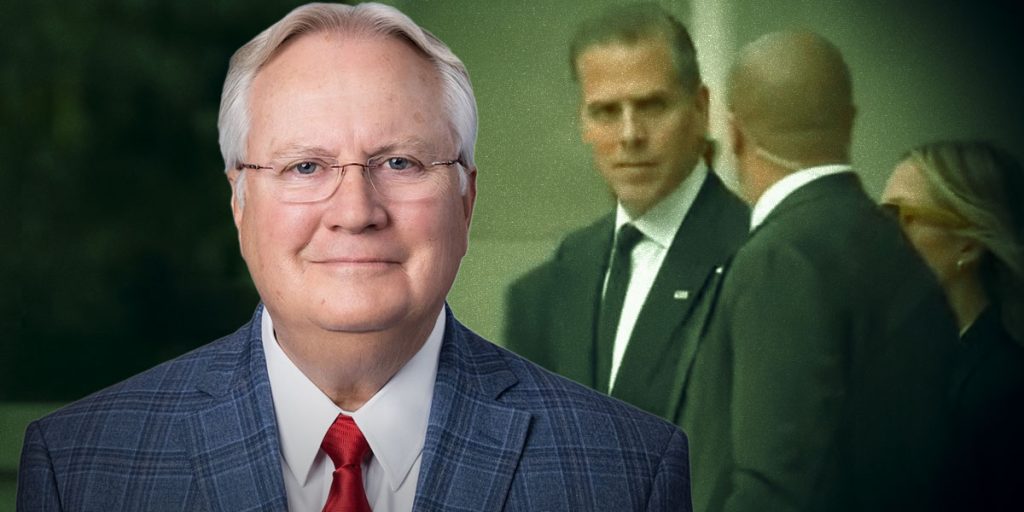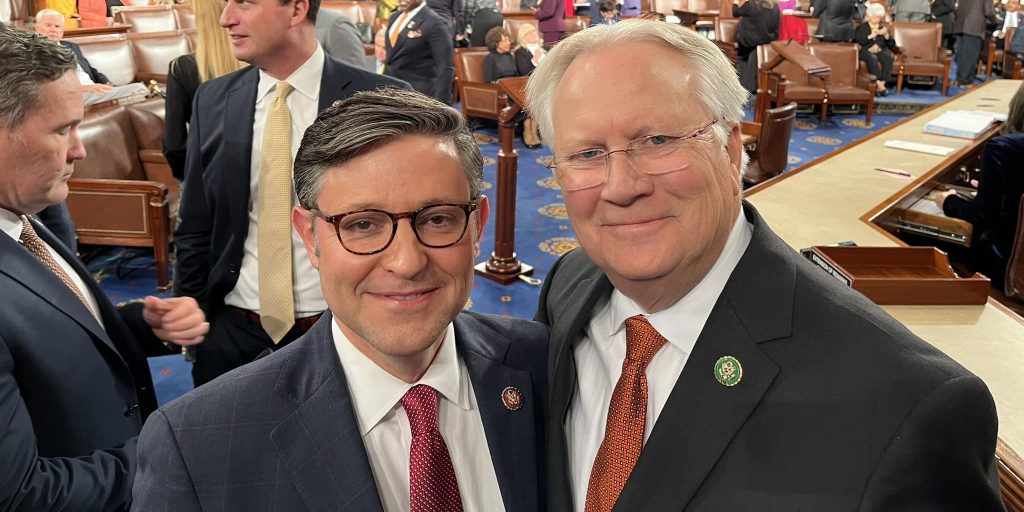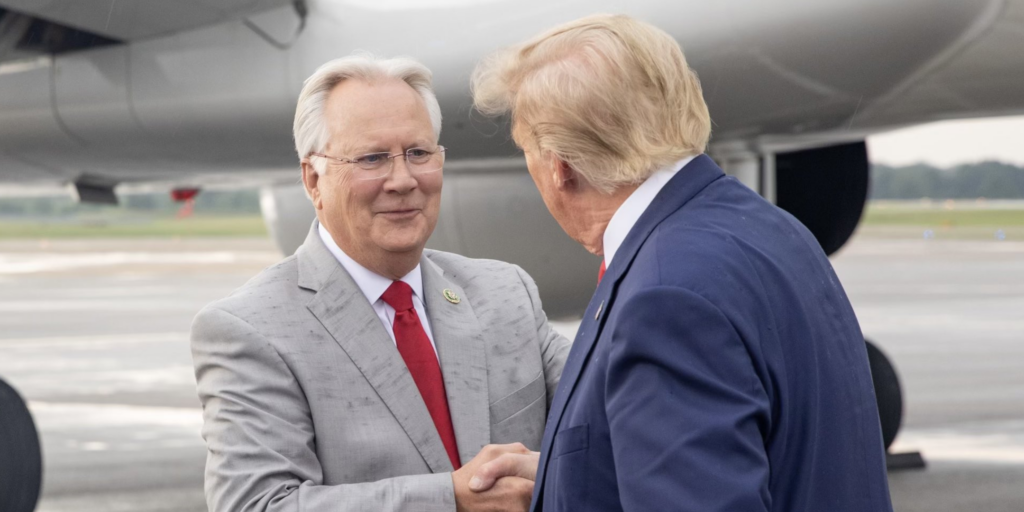The following are two guest op-eds sent to the editor in response to U.S. Rep. Jerry Carl’s (R-Mobile) op-ed, Federal strings make future uncertain for red snapper anglers.
Representative Carl’s October 25 op-ed, Federal strings make future uncertain for red snapper anglers, flags an important issue that fishermen like me are dealing with in the Gulf of Mexico – how the Gulf states and the federal government can work together to manage red snapper.
I’ve been a commercial fisherman for 37 years (since 1984), and I am proud of the successful family business that I’ve built by catching red snapper. My son has fished in this family business for over a decade, and nothing makes me happier than knowing he’s following in his father’s (and grandfather’s) footsteps.
I remember when we had to fish hard during bad weather while still exerting very intense labor conditions just to scrape up enough fish to barely survive. And things have gotten better – quotas for all fishermen (commercial, charter and private anglers) have nearly tripled in the last 10 years, and everyone now has more opportunities to enjoy this public resource.
But we’re now at a tipping point, and I’m worried that we’re starting to slip over the edge. Commercial fishermen are having to fish harder just to catch the same amount as we did just a few years ago. We’re having to burn more fuel and go farther offshore to find red snapper, especially after the recreational season opens up. And I’ve got numerous years of notebook records to prove it. Even the National Marine Fisheries Service – which has been collecting information longer than I have – is starting to see a decline in red snapper in their data. And they’re usually a few years behind what commercial fishermen like me see on the water.
The point is – whether it’s my data, Alabama’s data or the federal government’s data – all of this data needs to be speaking the same language.
I don’t track our fuel expenses in pesos and our bait expenses in Euros; but if I did, I would need a way to convert all of these to dollars. The Gulf of Mexico needs to be able to do the same thing with red snapper – we need NMFS to implement a “common currency” now so that we actually know how many red snapper are being caught. We need this in order to put red snapper back on the right track so the next generation of fishermen like my son doesn’t have to sacrifice to rebuild this fishery like I did.
Captain David Walker
fishing vessel June Sue
Andalusia, AL
Rep. Jerry Carl penned a guest opinion on 10/25/2021 about red snapper management, and we seem to agree on a few key points: the different data systems need to be calibrated into a common data currency, the calibration problem has been well known since 2018, and the new state management system is a great opportunity to tailor management for each state.
I have been running a charter boat out of Orange Beach for 22 years. Over the last few years, we have witnessed serious declines in our catch. Red snapper are smaller and we have to go further to catch them. Even though red snapper is open for charter captains through November 6, we have to run 20-30 miles offshore, when just 5 years ago, we were catching them on trips just 10-12 miles offshore. The stock is in bad shape, and the problem is only going to get worse the longer the Gulf Fishery Management Council and NOAA Fisheries delay the necessary calibration.
Rep. Carl seems to be focused on which data (state vs. federal) is better, but that misses the point. It’s not about which is better, it’s that they are all different. Regardless of how you count the fish, the red snapper fishery has been in decline since state management started. Businesses like mine are at risk; bait and tackle shops are at risk. We need calibration to a common currency to know how much is being caught gulfwide. NOAA Fisheries and the Gulf Council need to do the right thing and calibrate now to bring fairness back to the fishery.
Background for reference (not included in LTE):
- All the data needs to work together just like how all the sectors need to work together
Carl’s op-ed sides with the small fraction of loud interests that don’t represent the rest of us. They are the ones that have caused delay, which is bad for our access and bad for the stock. - State management was an opportunity, but a few states are ruining it for everyone.
- MRIP is the backbone of red snapper management since 1980s. Imagine managing a fishery with three years of historical data. It doesn’t work. You don’t have a stock assessment and you don’t know how much you can take.
- Regardless of how you count fish – all of the information points to a red snapper fishery in decline since state management started (NMFS BLL survey, fisherman catch records, size of fish caught, states own catch rates)
- I agree with Rep. Carl that calibration into a common currency is needed, but it isn’t about which data is better. It is just about making sure data from the federal government and the states can be compared.
- Doing another study, like the one mentioned in the FY2021 Commerce, Justice, and Science appropriations report on which data can generate the best catch estimates isn’t necessary and will just delay the action that is truly needed—calibration.
- Rep. Carl mentions that the state programs in the Gulf were certified. This just means the designs of these programs are sound when it comes to being able to produce estimates. With any survey, there will be differences in the data produced based on the methods.
- The longer the Gulf Council and NOAA delay calibration, the worse the problem will be.
Randy Boggs, Reel Surprise Charters, Orange Beach




